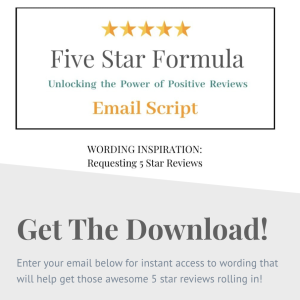Ever sit down to create content and think: “What am I even supposed to post?” Thats where content pillars become the secret to your stress-free strategic marketing.
If that sounds familiar, you’re not alone. A lack of clarity leads to overwhelm, inconsistency, and content that doesn’t actually help your business grow.
That’s where content pillars come in. 🎯
Having a set of core content themes takes the guesswork out of posting, helps you stay on-brand, and makes content creation so much easier.
Let’s break it down—how to define your content pillars and use them to create a clear, strategic content plan that works for your business.
What Are Content Pillars (And Why Do You Need Them)?
Think of content pillars as the foundation of your marketing strategy.
📌 They are the 3-6 key topics that define your brand and messaging.
📌 Why they matter:
✅ No more scrambling for ideas—you always know what to post.
✅ Your content feels consistent—instead of random and all over the place.
✅ You attract the right audience—because your messaging is clear and strategic.
💡 Example: A pool & spa company might have pillars like:
- Spas & Hot Tubs → Relaxation, mindfulness, connection.
- Pools & Swim Spas → Outdoor fun, family time, health benefits.
- Seasonal Maintenance → Tips for keeping pools & spas in top shape.
Each pillar guides what they post and ensures their content stays focused.

How to Define Your Own Content Pillars
Ready to create your own content pillars? Here’s how:
🎯 Step 1: Brainstorm Your Core Business Themes
📌 Ask yourself:
- What do I want to be known for?
- What topics matter most to my audience?
- What products/services do I want to promote?
- What frequently asked questions do I answer?
💡 Example: A wedding photographer might list:
- Weddings & Love Stories – Highlighting past weddings.
- Photography Tips – Behind-the-scenes insights.
- Client Testimonials – Building trust with social proof.
- Personal Branding – Sharing their creative process & values.
✍️ Step 2: Organize & Prioritize
Now that you have a list, narrow it down to 3-6 content pillars.
📌 Use sticky notes or a digital doc to move topics around until it feels right.
📌 Prioritize what aligns with your business goals.
📌 Be future-focused. Want to pivot to a new service? Make it a pillar!
💡 Example: If a photographer wants to book more weddings and less senior portraits, they should put weddings at the top—even if they don’t have much content for it yet.
📅 Step 3: Translate Your Pillars Into a Posting Plan
Once you have your pillars, it’s time to bring them to life!
✅ Rotate your content topics so you’re not posting the same type of content back-to-back.
✅ Make sure every post fits within a pillar. If it doesn’t? It’s probably not relevant to your brand.
✅ Batch your content. Create a month’s worth of posts based on your pillars.
🚀 Why This Works: Instead of staring at a blank screen, you now have a roadmap for what to post.
How Content Pillars Guide Your Social Media Strategy
Once you have your pillars, you can map out your content visually—like an Instagram grid, Facebook schedule, or Pinterest strategy.
📌 Example: A spa business might plan posts like this:
- Monday → Spa relaxation tips (Content Pillar: Health & Happiness)
- Wednesday → Behind-the-scenes video of a new hot tub installation (Content Pillar: Customer Experience)
- Friday → Client testimonial video (Content Pillar: Social Proof)
🚀 Pro Tip: If you feel stuck, revisit your content pillars—they’ll always guide you back to your core message.
Final Takeaway: Content Pillars Make Marketing Easier
✔️ You’ll always know what to post.
✔️ Your brand will feel more consistent & professional.
✔️ You’ll attract the right audience—without feeling overwhelmed.
Your next step: Take 10 minutes using this What To Post Where Cheat Sheet. To create your content pillars and start organizing your content strategy, take my Elevate Your Brand mini-course. And if you need help creating a clear, stress-free content plan, let’s chat! I’d love to help you boost your visibility without the overwhelm. 🚀








